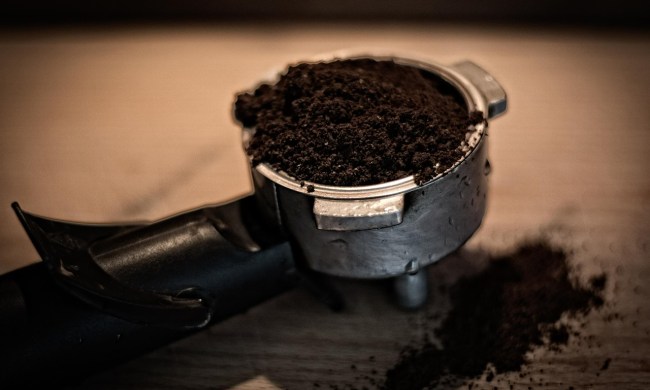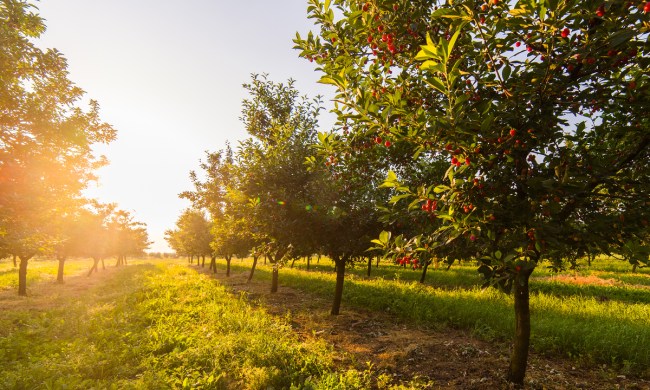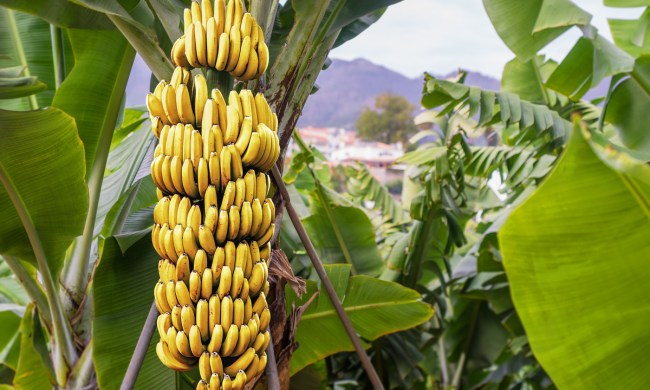We’ve all started to look forward to the cooler weather and festive days ahead; fall is just around the corner. As pumpkin-flavored-everything begins to hit shelves, you may feel inspired to add a touch of orange to your own autumn vegetable patch—but is it too late to grow pumpkins this year?
Before you buy the first seed packet you can find, we’ll go over everything you need to know to get your garden ready for these fun fall veggies. You’ll find out when to plant pumpkins, where to plant pumpkins and even environmental details like soil conditions. By the time you’re done reading, you’ll be a pumpkin expert! Let’s fall in:
When to grow pumpkins
No matter where you live, pumpkins should not be planted until the last frost has passed, as this chilly weather can do some serious damage. According to the agricultural experts at the University of Illinois Extension, pumpkin seeds won’t germinate if the soil isn’t warm, though frost can injure or kill seedlings, too.
The exact dates of your perfect planting period depend on where you live. Most locales will want to sow pumpkins between May and July, though you can research past weather patterns and your local hardiness zone to get a more specific idea of when to do your planting. Even the Old Farmer’s Almanac has resources for you—check out their vegetable planning guide, where you can enter your zip code to find your ideal sowing dates for pumpkins, squash, or any vegetable.
How to grow pumpkins by Halloween
Though you can start planting your summer squashes as soon as the frost has passed, you may want to wait a few more weeks if you’d like to harvest your pumpkins for Halloween. Waiting too long will give you smaller pumpkins, but planting too early can leave them to moisten and rot in the heat (via the University of Illinois Extension). A common gardener’s anecdote reminds us that the Fourth of July—another holiday—is an ideal general deadline for getting pumpkin seeds in the ground.
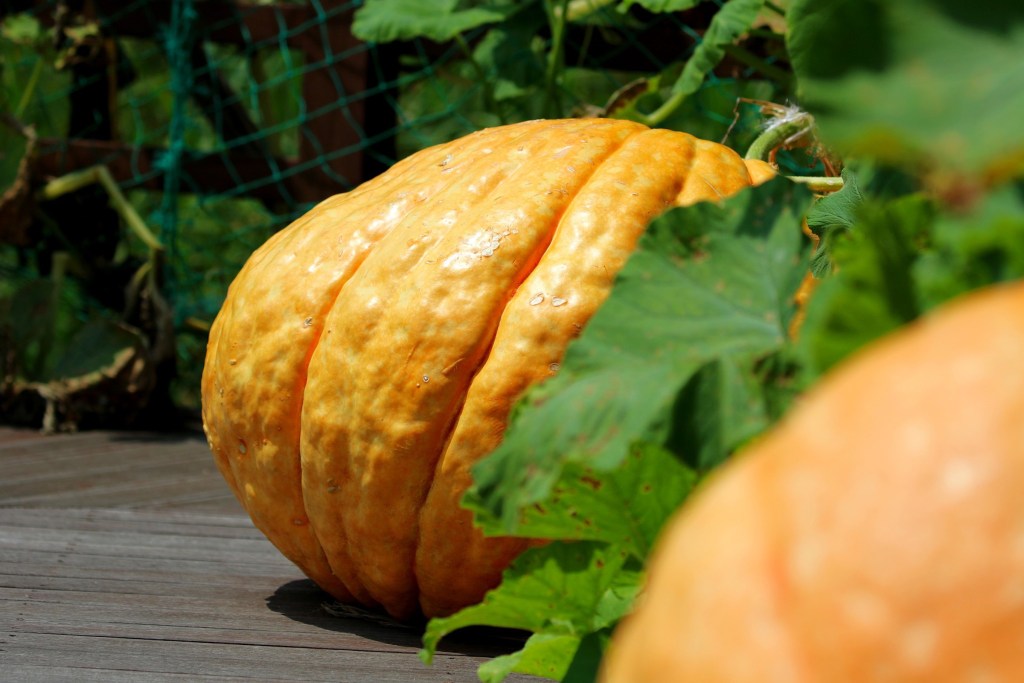
Where do pumpkins grow?
The almighty symbol of fall that we all know and love is native to North America, though these days it’s grown worldwide. For gardeners in the United States, who experience some of the most versatile growing conditions, pumpkins can be a fickle friend.
As per the Old Farmer’s Almanac, any location that gets about 75 to 100 frost-free days per warm season has the potential to house a growing pumpkin, which is why these vegetables are ideal for hardiness zones 3 through 9.
If you live in zone 3 or possibly even zone 2, you can try your luck at growing pumpkins by starting the seeds indoors in the spring. Many people find themselves inspired to grow pumpkins once they start appearing everywhere in the fall, but this will only be truly possible in places that get zero winter frost. Perhaps the seasonality of this veggie is just another thing that makes it so special!
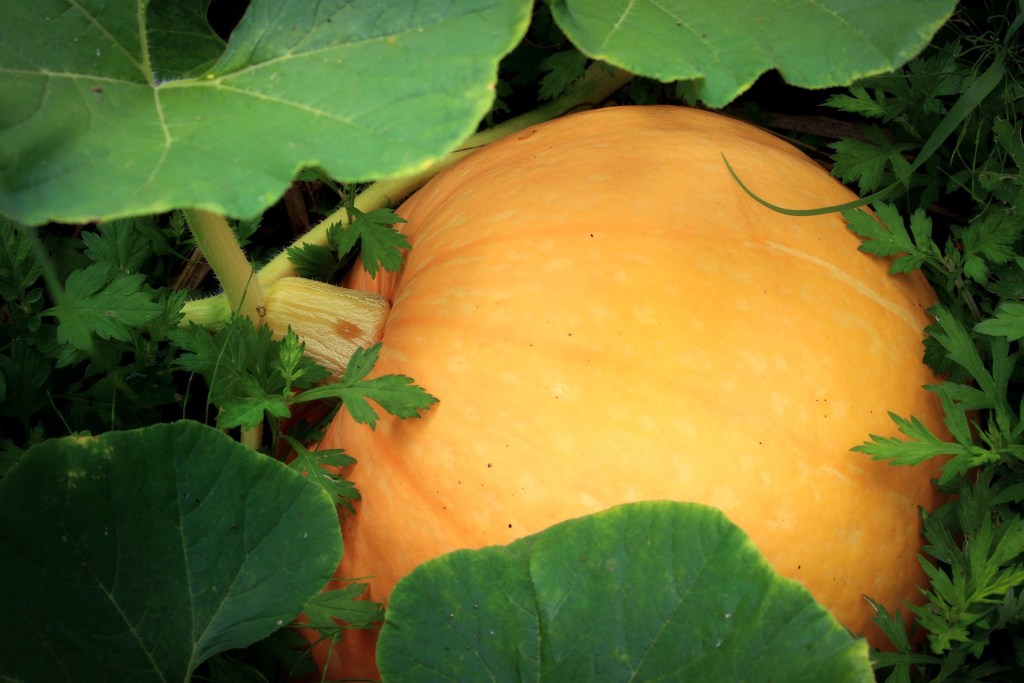
Pumpkin’s perfect growing conditions
More than time and location goes into growing the perfect pumpkin. There are many environmental factors to consider, from the amount of light received to the acidity of the soil. These are the most important details to keep in mind:
Sun
Because pumpkins are warm-weather vegetables, they need plenty of light and warmth to develop. On average, pumpkins need six or more hours of direct sunlight per day, though more than that will help reduce the likelihood of root or leaf rot developing on your plants. This is especially important because pumpkin leaves are extra delicate when it comes to mildew or fungi (via HGTV). So—the sun is a win-win!
Water
Pumpkins also need a lot of water to grow big and strong, especially when they’re starting to bear fruit. Whether this water comes from rain or from you doesn’t matter, as long as your plants are getting about an inch of water—that’s a deep watering—every week. You may want to increase this once you see fruits on the vine, too.
Soil
Although pumpkins love water, they don’t love waterlogged soil. The dirt they’re sewn in should be rich with nutrients (you can use plant food or compost for this) and well-draining in order to prevent illnesses like rot from developing. Adding compost to your soil also helps regulate the amount of moisture retained around your plants if your dirt is naturally light or heavy.
It’s not a bad idea to test your soil’s acidity before planting pumpkins, as these vegetables require a pH of 6 to 6.5 for optimal growth. If you already have a vegetable garden, your work is likely already done, and you won’t need to adjust the soil at all—lucky you! For newer beds, soil treatments can be a quick and cheap way to get your garden exactly where it needs to be.
With a little time and prep, you can have your garden ready to house pumpkins well in time for next year’s crop. Giving your pumpkins the best conditions will encourage big, beautiful vegetables—which is every gardener’s dream! Soon we’ll all be envying you and your gorgeous pumpkin patch.

